Loss of Arctic sea ice affecting all polar bears
Under Embargo!
This item is under embargo until 14 September 2016 15:00 CET/CEST.
Please do not distribute this link or report on this story before the embargo lifts.
At the very north of our planet, in winter it gets so cold that the Arctic Ocean on and around the North Pole freezes, and turns into sea ice. In the summertime, the area covered by this Arctic sea ice is smaller, because it is warmer in spring and some of the sea ice breaks up and melts. The sea ice area is larger in winter, when it gets much colder and the water freezes again. In the past few years, the Arctic has become warmer and the amount of sea ice in both winter and summer has reduced.
Polar bears are one of the animals most affected by changes in Arctic sea ice because they need sea ice for important activities such as hunting, traveling, and breeding. Nineteen separate polar bear populations live throughout the Arctic, spending their winters and springs roaming on sea ice and hunting. The bears mainly eat seals, which provide necessary fats and nutrients to survive in the harsh Arctic environment. Polar bears cannot outswim their prey, so instead they perch on the ice and ambush seals at breathing holes or break through the ice to reach into their dens.
In a new study, published in The Cryosphere and funded by NASA, researchers at the University of Washington have found that sea ice is now melting earlier in the spring and freezing later in the autumn across all regions of the Arctic where polar bears live. Over the past 35 years, bears have lost a total of seven weeks of sea ice each year, so now they have less time to breed and hunt seals to build up their fat reserves.
One of the researchers, Harry Stern says “We expect that if the trends continue, compared with today, polar bears will experience another six to seven weeks of ice-free periods by mid-century.” That means losing a total of 13–14 weeks of sea ice a year.
This research is important to help protect polar bears, as well as to alert the world to the impacts of the warming Earth.
Find out more
Discuss with your teacher or parents
What is happening to sea ice in our planet? Aside from helping polar bears get food, why is sea ice important? Find out more at egu.eu/68D39F and see how sea ice extent has changed since 1979 at egu.eu/4LQZOV.
Print version
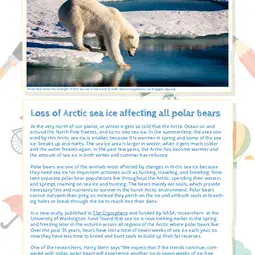
This is a kids' version of the EGU article: 'All polar bears across the Arctic face shorter sea ice season'. It was written by Bárbara Ferreira (EGU Media and Communications Manager), based on a text by Michelle Ma (University of Washington), reviewed for scientific content by Timothy Lane (Lecturer in Geography, Liverpool John Moores University, UK) and John Connolly (Lecturer in Geography, Dublin City University, Ireland), and for educational content by Sally Soria-Dengg (School Cooperations, GEOMAR Helmholtz Centre for Ocean Research Kiel, Germany).
Translations
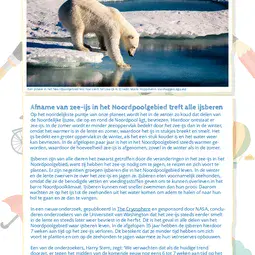
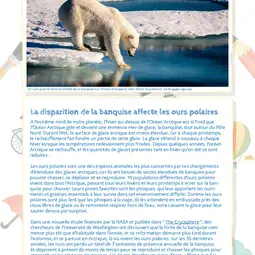
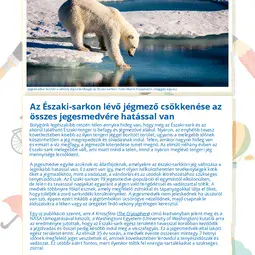
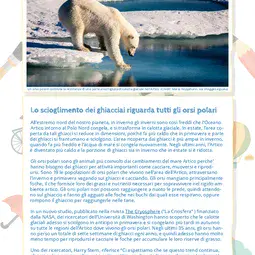
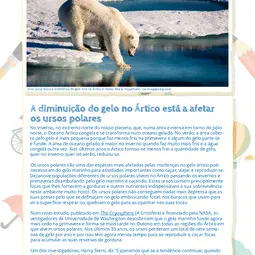
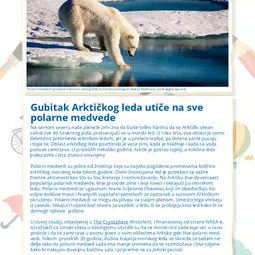
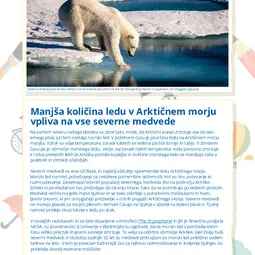
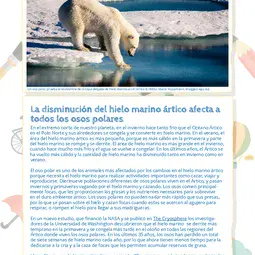
All English-language Planet Press releases are carefully edited, reviewed and proofed, by scientists, educators and EGU staff. Please note that once translated, Planet Press releases receive no further checks from EGU staff. For this reason, we cannot guarantee their accuracy, though we trust the quality of our voluntary translators and are grateful for their work.

